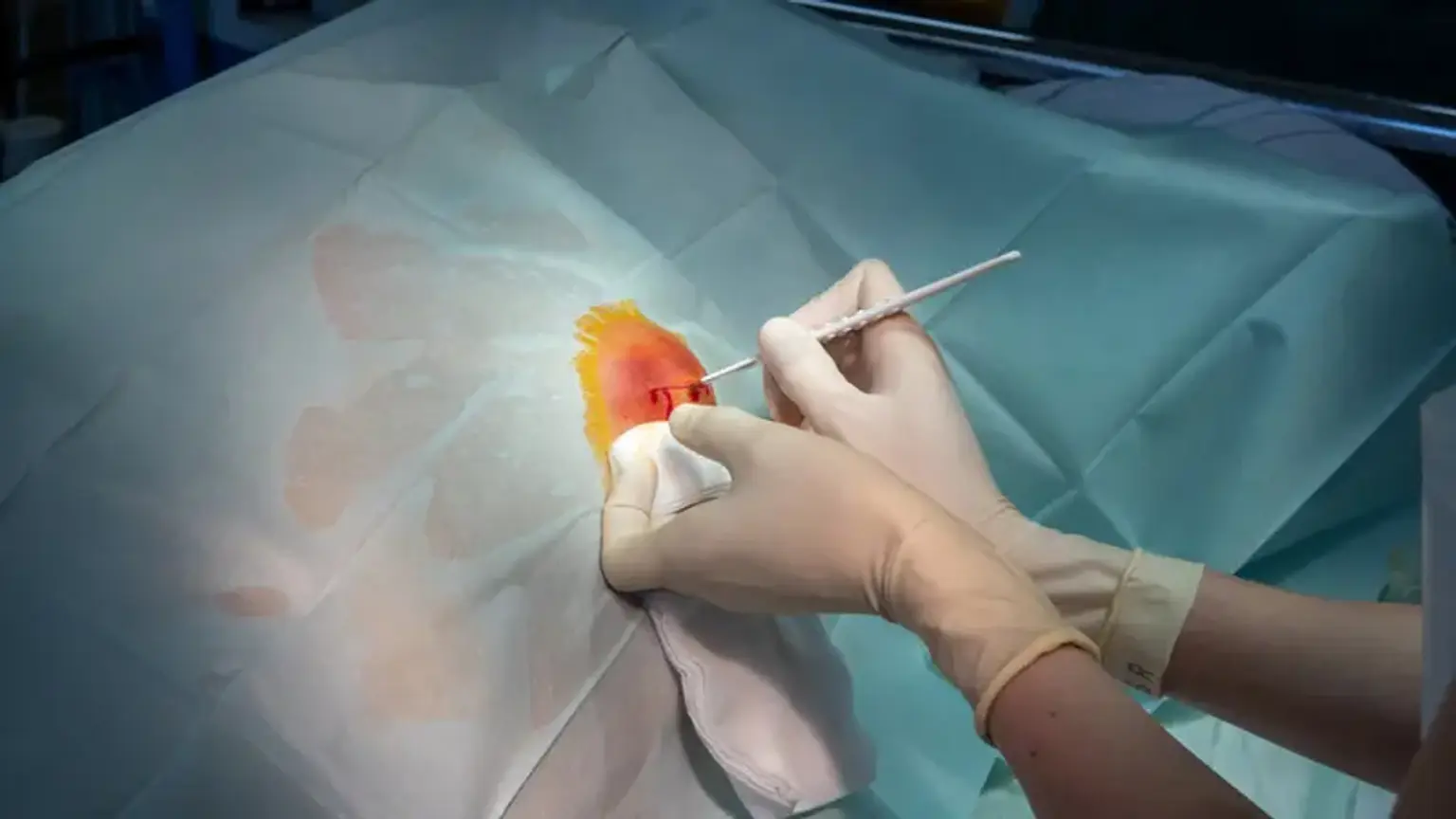Nipple and Areola Surgery
Plastic surgery entails altering or reshaping tissues to improve function, attractiveness, or both. Cosmetic plastic surgery frequently entails substantial surgeries on the face, breasts, or body that provide considerable effects. The nipple and areola (the round, pigmented skin around the nipple) can grab the most attention when it comes to the chest and breasts because they are the tiniest and most central anatomical parts. Some physical properties are congenital, meaning they are present from birth, while others are acquired and evolve as a result of developmental, hormonal, or medical conditions.
Many patients who are unhappy with certain features of their nipples or areolas may be unaware of cosmetic procedures that can help them look better. Although there are alternative reconstructive operations that build a new nipple and areola in cases of nipple loss, this study will focus solely on aesthetic procedures of the nipple and areola (whether due to removal for malignancy or following severe trauma).
